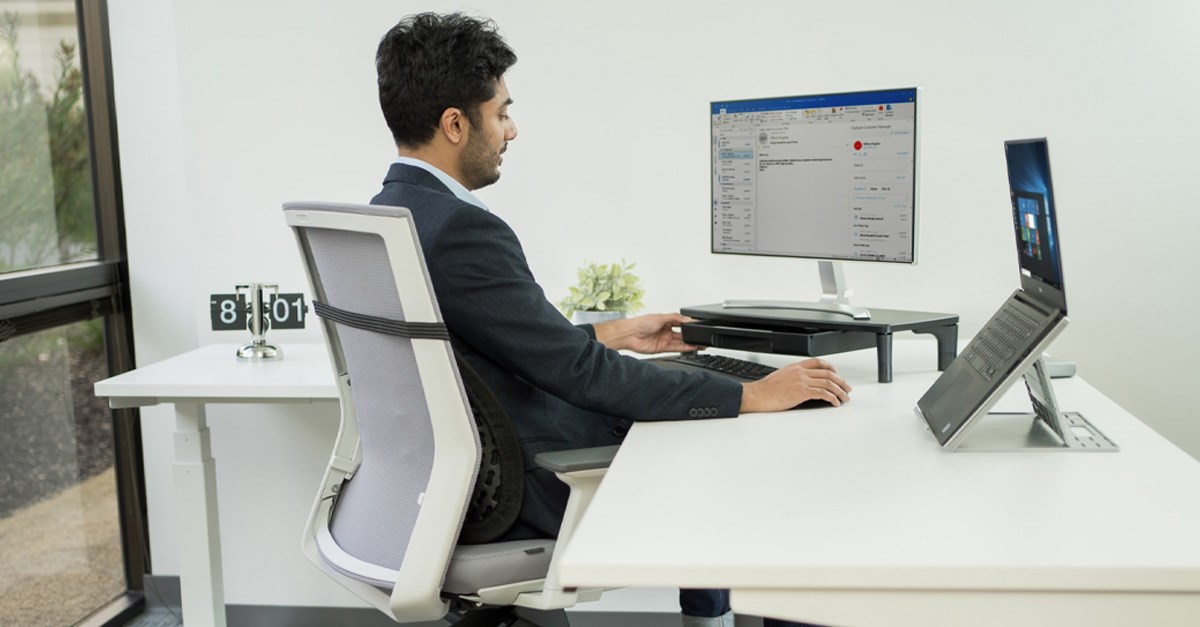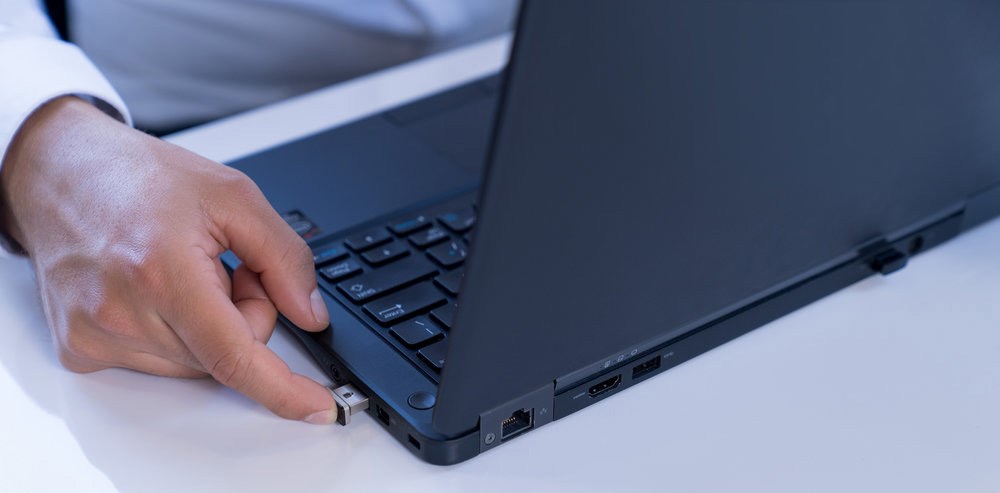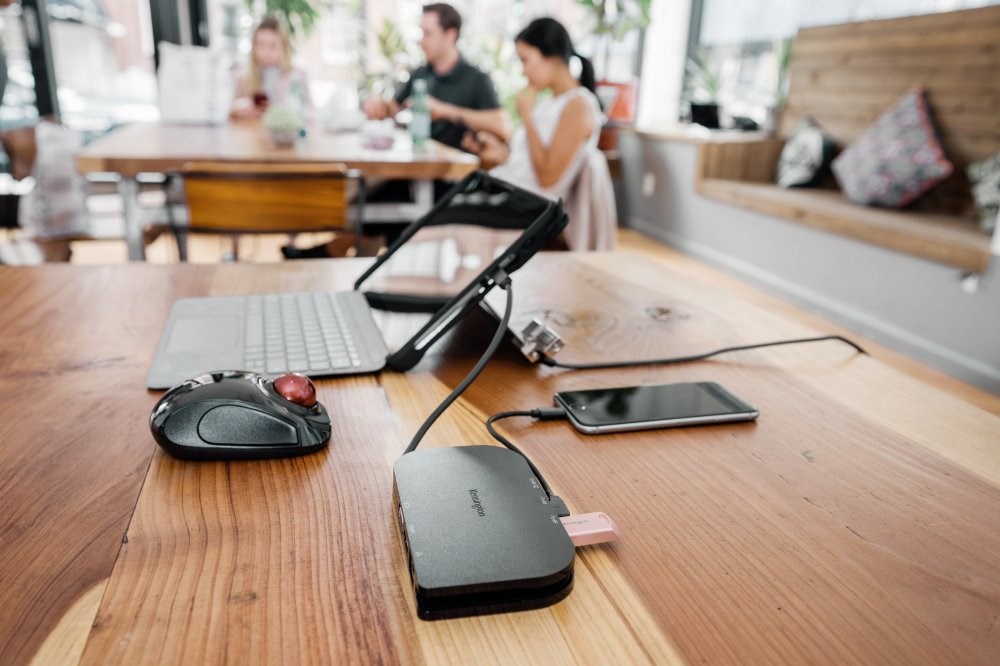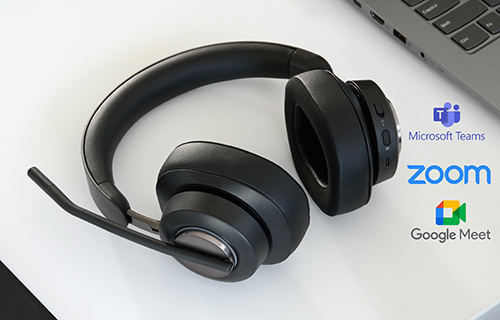
Around the globe, workers are gearing up to return to the office for regular hours. However, what exactly that entails for every company will vary and likely depend on regional governments and health agency guidelines.
Executives will have to implement controls and precautions that allow employees to return to the office safely. These considerations will include the layout of offices, employee peripherals, and protecting personal desk space. Designers have already shared some ideas (and tested them in China) for what the optimal post-Coronavirus office desk should look like.
Some analysts believe there will be no returning to the old normal. The disruption to daily life already experienced requires companies to build resilience into their workforce, and that, at its core, requires adaptability. Employees may also have a certain amount of responsibility in this new normal. Here’s a look at how both companies and individuals will have to approach office-life after the COVID-19 pandemic.
Office Considerations for Returning to Work
Recent surveys showed that only 26% of executives had a strategy for how employees in offices will return to work, while 56% had started planning. It is a clear indication that everyone is still uncertain about what to do, but government agencies have started providing guidance to companies to deal with different scenarios.
While planning is key for management and executives, employees will also have to do their part. Knowing the risks and finding ways to mitigate them will become everyone’s responsibility.
Considerations for Office Managers and Executives
For offices, the primary consideration will be safety while getting as many of the workforce back to full productivity as possible. How employees used to work may no longer be feasible. Adapting to the new normal may require a completely fresh approach that uses the lessons from the last few weeks for the long-term benefit of the company and employee. To find an optimal arrangement, you should consider the following:
- Stage the return – Wherever possible, schedule the return to work to reduce the number of employees showing up at one time. You can evaluate the protocols, and it buys you time to make further preparations.
- Keep existing Work-From-Home (WFH) policies in place – The departments and individuals who can remain home should remain on existing work-from-home schedules. Only bring those employees to the office when it’s necessary.
- Review the layouts – Check if there are any clear and obvious ways you can rearrange the office to improve personal space. This includes social areas like cafeterias, the boardrooms, and personal desks or shared offices.
Additionally, you’ll want to remain open to changes as new information becomes available. It’s also important to focus on rebuilding your employee morale and review the infrastructure needs of every resource. To ensure the company can respond to any future disruptions, use this opportunity to update the business continuity policy so that it includes pandemic resilience.
How Employees Should Approach New Work Environments
Employees will have to adapt to company policies and programs. The truth is many of you have already found a workable solution at home that allows for similar productivity, comfortability, ergonomics, and a happy work/ life balance.

As life adjusts to the new normal, the routines you’ve come accustomed to will again face disruption. To make the transitions between working from the office or home as seamless as possible, you can try these tips:
- Configure your desks for uniformity – If you’ve invested in a home set up that’s comfortable and convenient, you should configure your office desk in the same way. This will reduce disruptions when you switch between the office and the work-from-home environment.
- Find a way to transport your office – Not your physical office, but the stuff that you use in it. The best way to keep your equipment and peripherals sanitized is to have them in your possession at all times. Get a backpack that can carry all your equipment between your home and office set up.
- Invest in dual-purpose peripherals – If you haven’t yet, you’ll want to get a keyboard and mouse that travels well and is quick to set up.
- Secure your equipment and information – You may also have to telecommute more often or work from different locations. To protect your information, you could use privacy screens that fit easily, whether you use a laptop or MacBook. With changes in your work environment, you’ll need to consider your GDPR compliance at different locations.
- Adjust your tools to the environment – It’s likely that your office desk and home workstation won’t match exactly. Using a riser stand for your laptop can help you adjust your configuration between the two environments. The same applies to footrests and monitor arms.
Device and Information Security Considerations for Dual Work Environments
Companies and employees will also need to consider device and information security in multiple locations now. For employees, it’ll be essential to have a physical lock on your PC, whether working at home, the regular office or when traveling. A lock will prevent your device from ending up in the wrong hands and compromising company information.

It will also be essential to secure networks if employees will be accessing resources remotely. Organizations should remember that the same data security protections remain in place while employees operate from locations outside the corporate network. For secure access to sensitive company information, consider a VeriMark™ Fingerprint Key for Two-Factor Authentication to all information systems.
Some equipment (like monitors and network printers) simply cannot move back and forth according to your work schedules. You’ll want a way to unify the connection of these devices to maximize adaptability. The tools that make up a mobile office will include a laptop or MacBook, the input devices, mobile phone or tablet, and the cables that connect them all.
Connect Your Dual Work Environment with a Mobile Docking Station from Kensington
A USB-C Mobile Docking Station with pass-through charging can help you simplify the connection of your devices while switching between different setups. With a compact design and a wide array of connection capabilities, it can also help you cope with differences between environments like having a VGA connection at the office and an HDMI one at home.

Features of the USB-C Mobile Docking Station include:
- Includes universal compatibility – Supports any USB-C connection (or Thunderbolt 3) for direct charge-through to deliver power to devices or transmit data of up to 5Gbps.
- Dual video connections – Comes with both HDMI (4K@30Hz) and VGA (1920x1080p) output making it easy to connect either type of monitor or both and still have the versatility to adapt to any conference room set up.
- Connect multiple devices – The docking station has three USB 3.0 ports, ensuring you can connect all your peripherals quickly and easily. If you use a wireless mouse and keyboard, you can use a unified Wi-Fi dongle for all your input equipment.
As everyone prepares to go back to the office while also keeping in mind that the situation may change at any time, being able to adjust will be vital for companies and individuals in the future.
To ensure you can remain productive no matter what the circumstances, expand your tool kit for when you return to the office.
